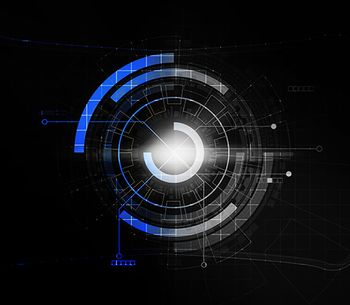
The return of the in-person HPLC Conference was welcomed by the separation science community. There were a lot of developments to share.

The return of the in-person HPLC Conference was welcomed by the separation science community. There were a lot of developments to share.

Earlier this summer, separation scientists from around the world made their way to San Diego for the HPLC 2022 conference. What was it like being back to an in-person liquid chromatography conference?

Elmar Piel’s pioneering work was pivotal to the development of modern-day high performance liquid chromatography (HPLC).

Ron Majors was the 2020 recipient of the Chromatography Forum of the Delaware Valley (CFDV) Award, which is given to those who have provided exceptional service for the Forum in addition to outstanding contributions within the field of chromatography. Readers of LCGC are well aware of his nearly 60 years of research and leadership in this area (1), but few outside the Delaware Valley region know of his decades of membership on the CFDV Executive Committee, including two terms as president. As part of this well-deserved honor, Ron gave a (remote) address to the organization in October 2020, detailing his many accomplishments in the field and summarizing the current state-of-the-art in high performance liquid chromatography (HPLC) column technology (2). However, it was his introduction describing the early days of HPLC that stood out to me, specifically a name I had not heard before: Elmar Piel. For this month’s blog post, I invited Ron to join me in writing a bit more about this scientist who may be unfamiliar to many chromatographers.

The first to pick up the mantle of The LCGC Blog on behalf of the American Chemical Society Analytical Division, Subdivision on Chromatography and Separations Chemistry, is James Grinias. From coding to circuitry, James expresses the need for electronics to be central to analytical chemistry education. He discusses the critical nature of electronic principles for chromatographers in particular—key to data collection and method design.

As described in last month’s blog post, the ongoing global pandemic has transformed the way that educators approach teaching analytical chemistry. As I reflect back on my own experience from the Spring 2020 semester, one positive aspect that has come from the seemingly infinite number of video meetings has been the opportunity to connect with colleagues that we might not consider if it weren’t for the “new normal” of working remotely.

The “State-of-the-Art in Capillary Liquid Chromatography” panel discussion at the 43rd International Symposium on Capillary Chromatography (ISCC 2019) in Fort Worth, Texas, USA, was a thoughtful dialogue on current challenges and potential future directions in the field. The session included a general overview of the current state of the field, key drawbacks preventing widespread use of capillary liquid chromatography (LC) columns, and how these challenges might be overcome. In this article, we highlight some of the common themes that were discussed as part of this panel.

Published: February 1st 2021 | Updated:

Published: July 27th 2022 | Updated:

Published: October 1st 2022 | Updated:

Published: April 6th 2021 | Updated:

Published: February 1st 2020 | Updated:

Published: June 26th 2020 | Updated: